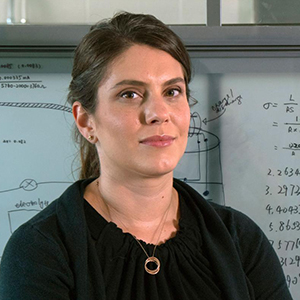 Lauren Marbella
Lauren Marbella
Qui Zhong Wei Projects
The School of Engineering and Applied Sciences is excited to announce the Qiu Zhong Wei Research Projects. This funding is made available by generous support in honor of Mr. Qui Zhong Wei, who has made significant contributions to materials science.
The Qiu Zhong Wei Research Project Fund will support 3-4 projects annually in the following strategic research areas:
- Sustainable materials
- Advanced materials for energy storage
- Sustainable mining
Projects will include both doctoral and undergraduate students as part of the research teams. One of the goals is to support undergraduate students so that they have a chance to work with faculty members and their doctoral students to get broad exposure to the research process and the latest cutting-edge technology.
2023 Projects
Monitoring electrolyte salt decomposition in Li- and beyond Li-ion batteries
Principal Investigators
 Lauren Marbella
Lauren Marbella
Abstract
Electrochemical energy storage is crucial for the scale up of electric vehicles and the implementation of renewable energy resources on the grid. As we explore new energy storage systems beyond Li-ion batteries that incorporate more earth abundant elements, such as Na and K, we need to understand how differences in material reactivity will impact battery cyclability and lifetime. In this research project, we will study how simply changing the cation in the electrolyte solution (moving from Li+ to Na+ to K+) impacts the rate of anion (PF6-) decomposition, and in particular HF formation. Preliminary data indicates that the rate of PF6- hydrolysis increases from Li > Na > K in battery grade electrolytes, suggesting that acid (HF) etching of transition metals from the surface of electrodes may be less of a problem in Na- and K-ion batteries. We will identify the mechanism by which the cation alters anion decomposition rate and discover whether or not this mechanism changes in a functional battery. We expect that results from this work will provide new insight into how to engineer electrolytes and electrode surfaces for next generation alkali metal batteries.
Towards sustainable recovery in deep hard rock critical minerals deposits
Principal Investigators
Abstract
Conventional mining technologies face increasing technical challenges and expenses in processing deposits of declining grade, challenging mineralogy, or accessing ores that occur at increasingly greater depths. Economic quantities of high-value metals/critical minerals (Cu, Ni, PGM, REE, Li, Co, Au, Ag, Te, Mo, Re, W) are found within hard rock primary ores, which are igneous and metamorphic hydrothermal deposits generally found 500 to 5000 meters below surface. Step changes in in situ recovery (ISR) technologies are needed to access these critical minerals deposits. The first-order major challenge facing hard rock ISR is the low porosity and low permeability of most igneous and metamorphic rocks. The proposed program seeks to test physical and chemical methods to increase in situ accessible reactive surface area and leaching of critical minerals within hard rock ores. Specifically, the program will use an integration of experimental and numerical modeling methods to quantify bounds on hard rock ISR enhancements within viable hard rock deposits (e.g., porphyry Cu, mafic and ultramafic ores, pegmatites) for tailored wellbore injection (physical flow) and injectate (lixiviant chemistry) parameters.
Critical Minerals Recovery from Mine Tailings: Exploring a step change in performance by coupling nano/microbubbles and novel emulsified ligands
Principal Investigators
Abstract
Clean energy transition and rapid development in high-tech industries have created a huge demand for critical minerals. There is now a major thrust to explore all possible sources for critical elements to supplement primary production from mined ores and supply the U.S. domestic market. In this regard, fresh process tailings and historic mine tailings can be attractive sources. Flotation is the most widely used method for separating value minerals from non-value host rock. As this process is rarely completely efficient, the tailings (unrecovered fraction) streams do contain some amount of lost value minerals, much of which is in the fine size fraction (<37 μm). A reassessment of the fundamental scientific reasons for this reveals three important factors simultaneously at play: i) bubble size distribution, ii) chemistry of the ligands used to make target value mineral particles hydrophobic, and iii) how these ligands are delivered to the system. The interplay of these factors was investigated in preliminary experiments and pointed to some promising approaches for improving fine particle recovery. In our proposal, we seek to investigate these factor interactions systematically. We will be exploring innovative concepts for all three factors mentioned above. We will use novel oily ligands and extender oils in their emulsified forms to overcome inherent poor water solubility and to boost the delivery and mass transfer of the oily ligands to the particle surface. Furthermore, nano/microbubbles (e.g. 0.2 μm to 200μm) will be utilized along with larger bubbles (e.g. 500 to 1500 μm) to significantly enhance the aggregation of fine value mineral particles and the formation of strong and highly floatable bubble-particle clusters. Another key innovation is to integrate and optimize all three factors, which has not been done before. We believe a step change in efficiency is possible, thus constituting a key breakthrough in critical mineral recovery efficiency from tailings.
Generative-AI-enabled multiscale artificial ground freezing engineering for safe and sustainable mining
Principal Investigators
Abstract
Artificial ground freezing (AGF) is a sustainable technique that inserts a freezing pipe into the ground and uses the circulation of the coolant liquid inside the pipe to freeze the soil. The ice then temporarily strengthened the materials. Since the freezing pipe is a closed system that absorbs heat in the surrounding without exchanging mass, there is almost no material waste or emissions in the AGF process. This proposal introduces three research and educational activities to improve the artificial ground freezing technique to make it safer for mining. The overarching goal of this project is to advance our understanding of the dynamics of the artificially freezing process such that we can administrate a more precise control to make the frozen soil a reliable engineering material for sustainable mining. Unlike classical civil engineering practice, where inaccurate estimations can be overlooked by applying a large safety factor in the building code, the freezing and thawing for mining must be monitored and administrated precisely to achieve the desired outcome and ensure safety. Due to the complexity of the multi-physical problems, frozen soil often requires a very large amount of data to characterize the material behaviors (e.g., stiffness, ductility, creeping, thermal conductivity, and permeability). To address this data need, we will use small-scale freezing simulations to supplement experimental data (Task 1) and then use a denoising-diffusion probabilistic model to predict the precise engineering properties of unseen microstructures (Task 2). The interdisciplinary nature of this research, which combines AI, solid mechanics, and control problems, will stimulate interest, and broaden the perspective of undergraduate research students in the increasingly interdisciplinary engineering industry.
2023 Projects
- Monitoring electrolyte salt decomposition in Li- and beyond Li-ion batteries
- Towards sustainable recovery in deep hard rock critical minerals deposits
- Critical Minerals Recovery from Mine Tailings: Exploring a step change in performance by coupling nano/microbubbles and novel emulsified ligands
- Generative-AI-enabled multiscale artificial ground freezing engineering for safe and sustainable mining

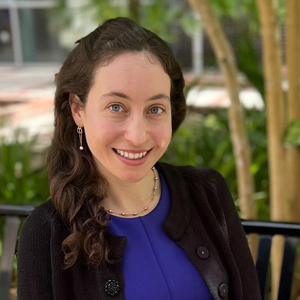 Shaina Kelly
Shaina Kelly
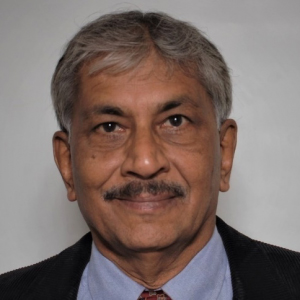 D.R. Nagaraj
D.R. Nagaraj
 Raymond Farinato
Raymond Farinato
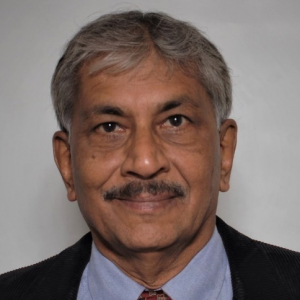 D.R. Nagaraj
D.R. Nagaraj
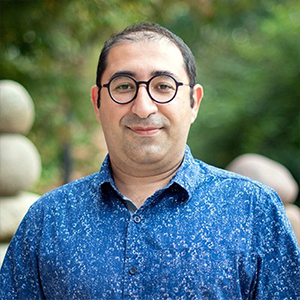 Behzad Vaziri
Behzad Vaziri
 Raymond Farinato
Raymond Farinato
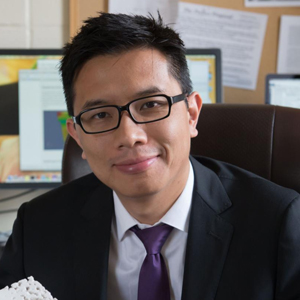 WaiChing (Steve) Sun
WaiChing (Steve) Sun